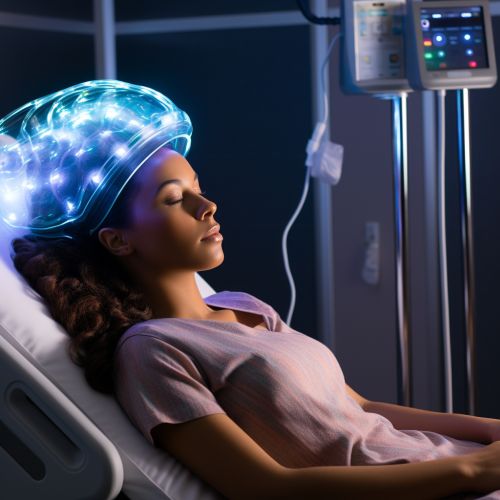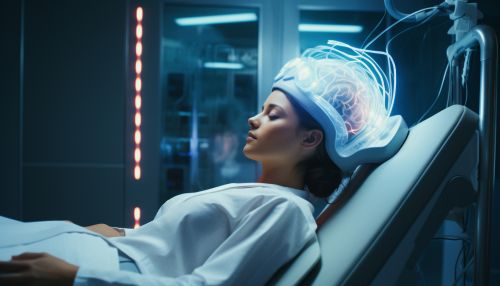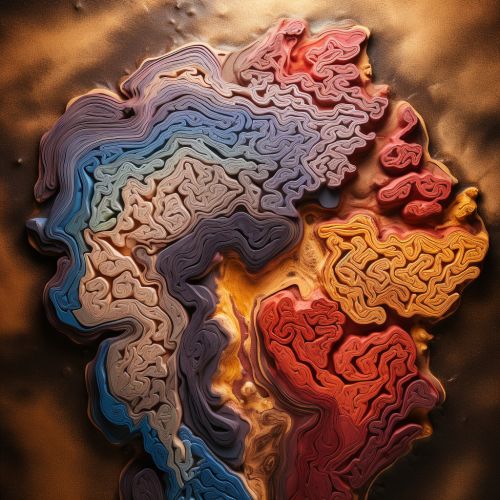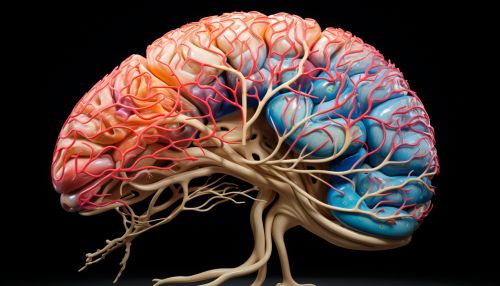Cognitive Neuroscience of Interoceptive Awareness
Introduction
Cognitive neuroscience is a branch of neuroscience that studies the biological processes that underpin cognitive functions. The focus of this article is on the cognitive neuroscience of interoceptive awareness, which refers to the conscious perception of internal bodily sensations. This field of study is crucial for understanding how the brain processes and interprets signals from within the body, and how this influences our emotions, self-awareness, and decision-making processes.


Interoception and its Role in Cognitive Neuroscience
Interoception is the sense of the internal state of the body. It involves the detection and perception of internal bodily signals, such as heart rate, respiration, and hunger. These signals are continuously processed by the brain to maintain homeostasis and to generate subjective feelings, emotions, and self-awareness.
The study of interoception in cognitive neuroscience has gained significant attention due to its role in various psychological and neurological disorders, such as anxiety, depression, eating disorders, and autism spectrum disorders. Understanding the neural basis of interoceptive awareness can provide valuable insights into these conditions and potentially lead to novel therapeutic approaches.
Neuroanatomy of Interoceptive Awareness
The processing of interoceptive signals involves several brain regions, including the insula, anterior cingulate cortex (ACC), and the prefrontal cortex. The insula is considered the primary interoceptive cortex as it receives direct input from the body's internal organs via the thalamus. The ACC and prefrontal cortex are involved in the conscious awareness and cognitive processing of interoceptive signals.


Interoceptive Awareness and Emotion
The perception of internal bodily signals plays a crucial role in the generation of emotions. According to the James-Lange theory of emotion, our emotional responses are largely based on our perception of bodily reactions to stimuli. More recent theories, such as the somatic marker hypothesis, propose that interoceptive signals are integral to decision-making processes, influencing our choices and actions based on the bodily 'markers' associated with previous similar experiences.
Interoceptive Awareness and Self-awareness
Interoceptive awareness is also closely linked to self-awareness, the conscious knowledge of one's own character, feelings, motives, and desires. Studies have shown that individuals with high interoceptive awareness tend to have a stronger sense of self-identity and are more in tune with their emotions. This is thought to be due to the role of interoceptive signals in grounding our sense of self in the physicality of our bodies.
Interoceptive Awareness in Psychological and Neurological Disorders
Altered interoceptive awareness has been implicated in several psychological and neurological disorders. For example, individuals with anxiety disorders often exhibit heightened interoceptive awareness, leading to an overemphasis on bodily sensations and symptoms. Conversely, individuals with autism spectrum disorders often show reduced interoceptive awareness, which may contribute to difficulties in social communication and empathy.
Future Directions in the Cognitive Neuroscience of Interoceptive Awareness
The cognitive neuroscience of interoceptive awareness is a rapidly evolving field, with ongoing research exploring its role in mental health, emotion regulation, self-awareness, and decision-making. Future research directions include the development of novel neuroimaging techniques to better understand the neural correlates of interoceptive awareness, and the exploration of therapeutic interventions that target interoceptive processing, such as mindfulness-based therapies and biofeedback.
